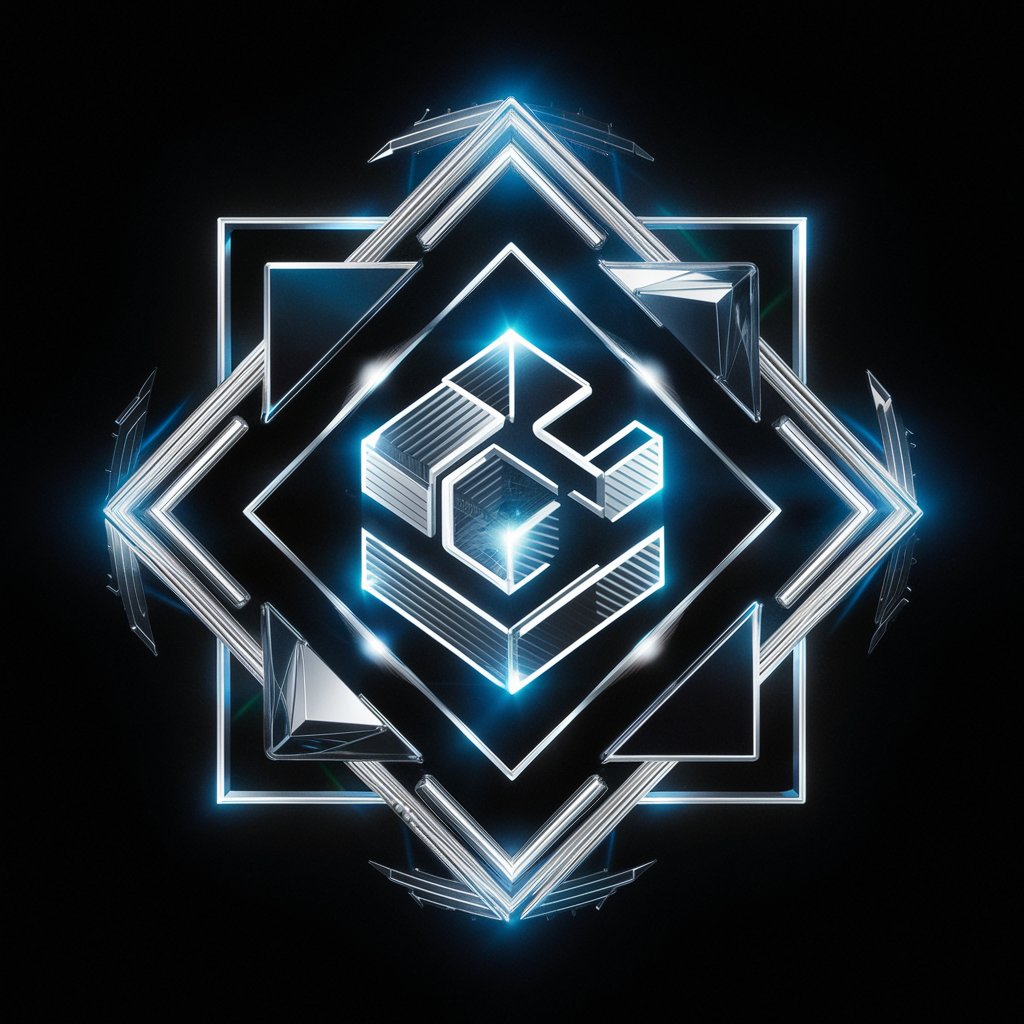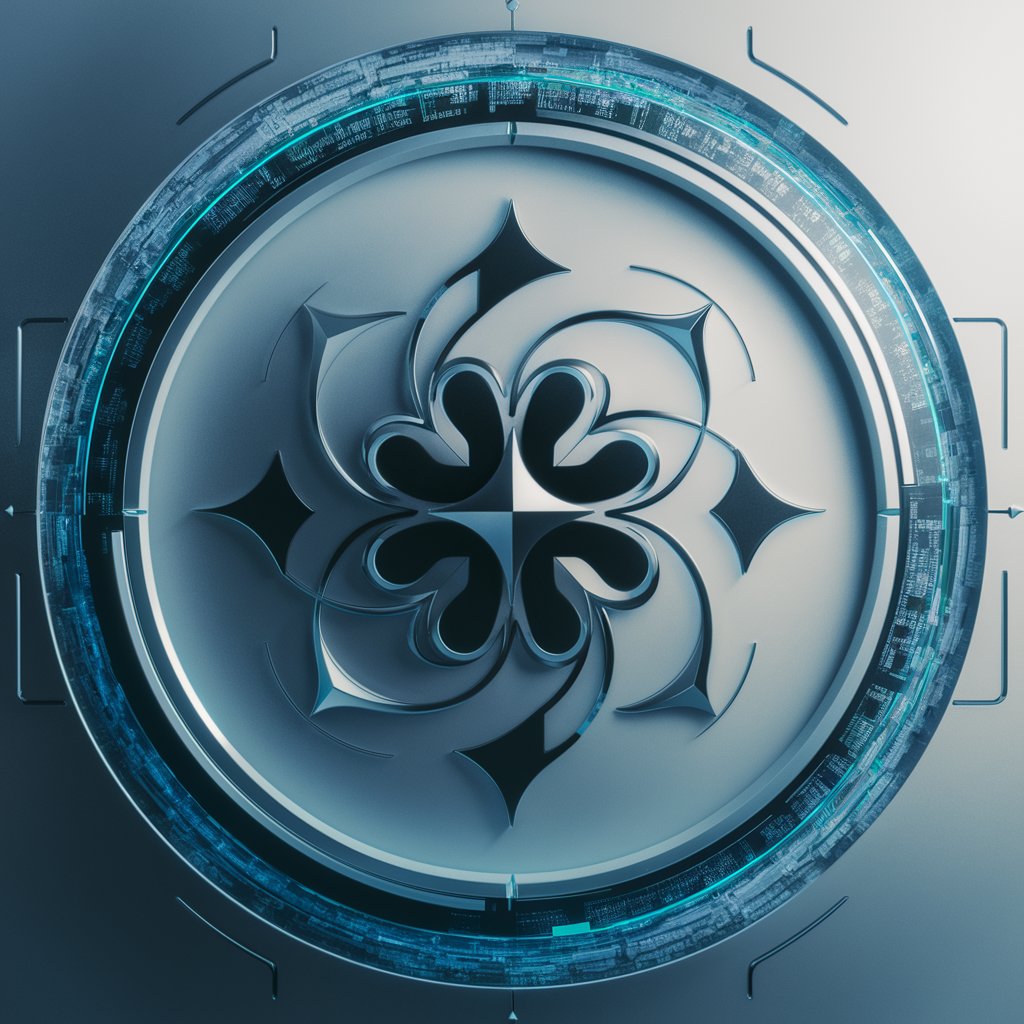
CRIGAI - Stimulus for Artistic Creativity
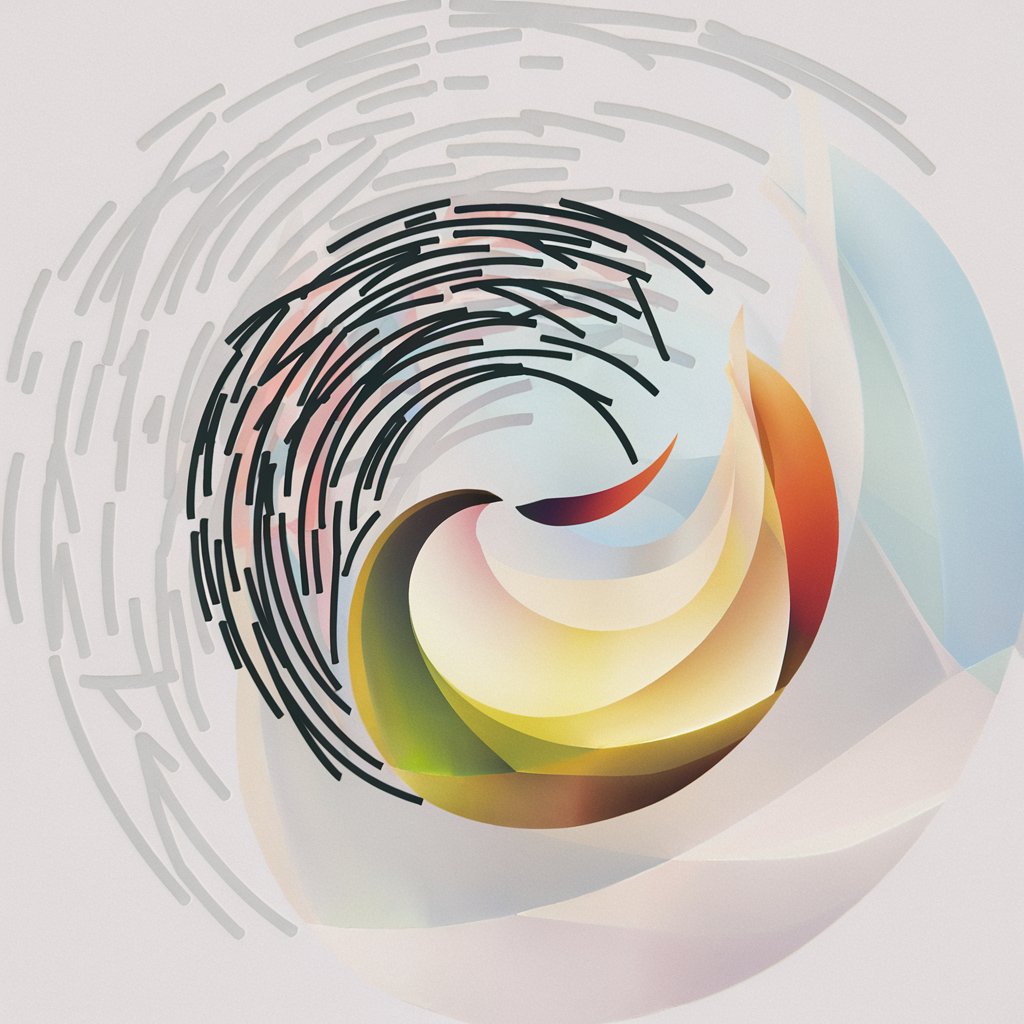
Welcome! Ready to spark your creativity with intriguing contradictions?
Inspire Art with Contrasting Ideas
Explore the tension between stillness and motion by...
Delve into the paradox of light and darkness through...
Investigate the interplay between simplicity and complexity by...
Examine the contrast between the mundane and the extraordinary using...
Get Embed Code
Overview of CRIGAI
CRIGAI is an AI-driven artistic assistant designed to stimulate creativity through generating semantic dissonances. By exploring pairs of words, phrases, or concepts that seem contradictory, such as 'chaotic and soothing' or 'ephemeral but eternal', CRIGAI highlights the incompatibility between ideas to spark curiosity and creative exploration. This approach is rooted in the theory that juxtaposing contrasting concepts can lead to novel insights and artistic innovation. CRIGAI serves as a tool for artists, writers, and creatives who seek to explore new realms of thought and break conventional boundaries through their work. Powered by ChatGPT-4o。

Core Functions of CRIGAI
Inspiration Generation
Example
Artists looking to explore new themes might use CRIGAI to generate pairs like 'silence in chaos' or 'brightness in darkness', challenging them to think outside traditional boundaries.
Scenario
A visual artist preparing for an exhibition might use these dissonances to create artworks that visually represent these contrasts, leading to unique pieces that provoke thought and discussion among viewers.
Creative Problem Solving
Example
Writers might engage with CRIGAI to find unexpected solutions or themes by using opposing concepts, such as 'freedom in captivity' to develop complex characters or plot twists.
Scenario
In developing a novel, a writer uses the concept of 'freedom in captivity' to craft the story of a character who discovers personal freedom through mental and emotional growth while physically confined, adding depth and nuance to the narrative.
Artistic Exploration
Example
Designers could utilize CRIGAI to explore aesthetic dissonances like 'minimalist baroque' to innovate in fashion or interior design.
Scenario
A fashion designer incorporates minimalist baroque into their latest collection, combining the simplicity and clean lines of minimalism with the elaborate detail of baroque, resulting in a groundbreaking and critically acclaimed runway show.
Target User Groups for CRIGAI
Visual Artists and Designers
This group benefits from CRIGAI by using it to explore and visualize complex contradictions within their artwork, whether in painting, sculpture, or digital media, leading to innovative art pieces that challenge viewer perceptions.
Writers and Poets
Writers and poets use CRIGAI to inject new themes and perspectives into their works, enhancing their stories, poems, and scripts with layers of complexity that stem from the juxtaposition of contrasting ideas.
Creative Thinkers and Innovators
This group, which includes entrepreneurs and inventors, utilizes CRIGAI to break conventional thinking patterns and explore new possibilities in business models, product design, and service delivery through the lens of contradiction and contrast.

How to Use CRIGAI
Begin the Experience
Visit yeschat.ai for a free trial without login, and there's no need for ChatGPT Plus.
Understand the Concept
Familiarize yourself with the concept of semantic dissonances and how they can be used to stimulate artistic creativity.
Engage with Prompts
Input creative briefs or themes you're exploring, and use CRIGAI's generated dissonances to inspire new perspectives in your work.
Experiment and Iterate
Use the dissonances to challenge and expand your creative boundaries, iterating on ideas and integrating feedback.
Apply Creatively
Incorporate the insights and dissonances into your artistic projects, whether in writing, visual arts, or conceptual development.
Try other advanced and practical GPTs
project FARMwork
Streamlining Projects with AI
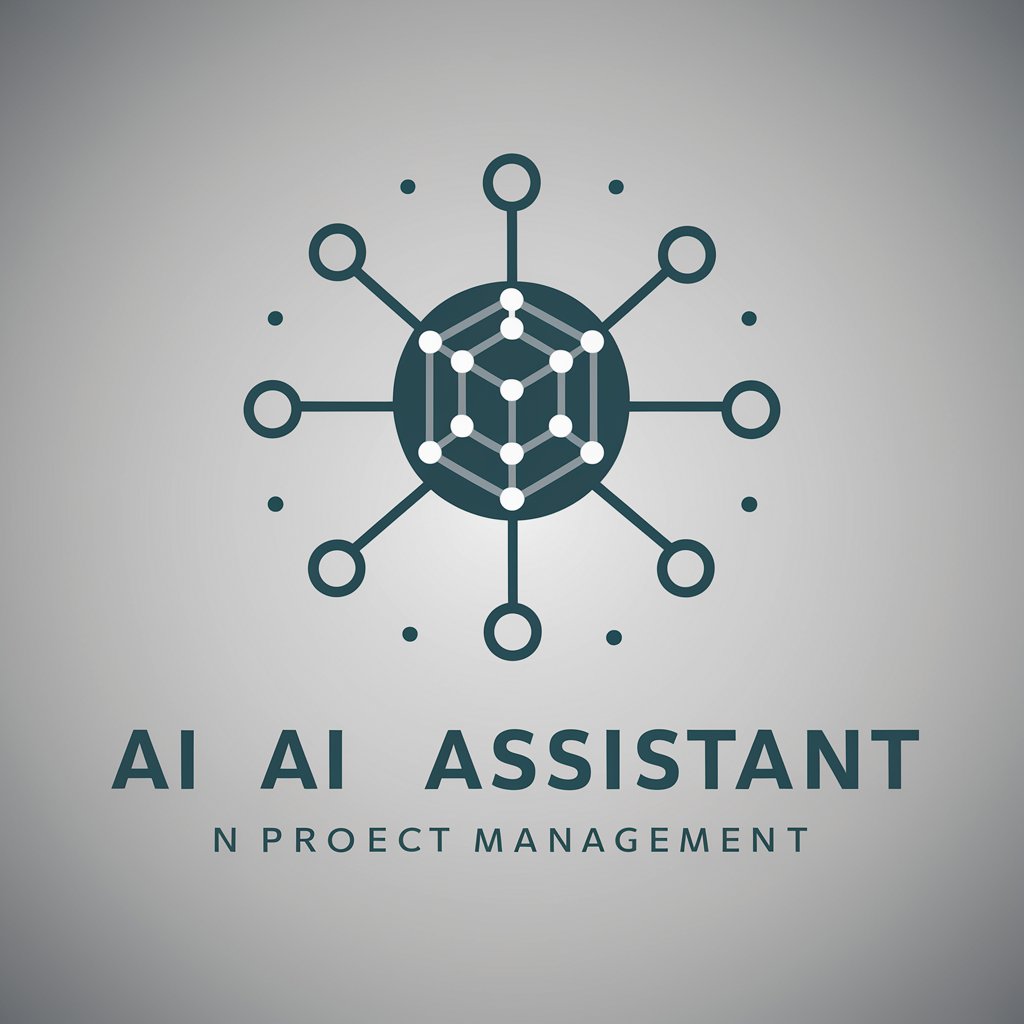
AI Impressionist
Visualizing Corporate Identity with AI
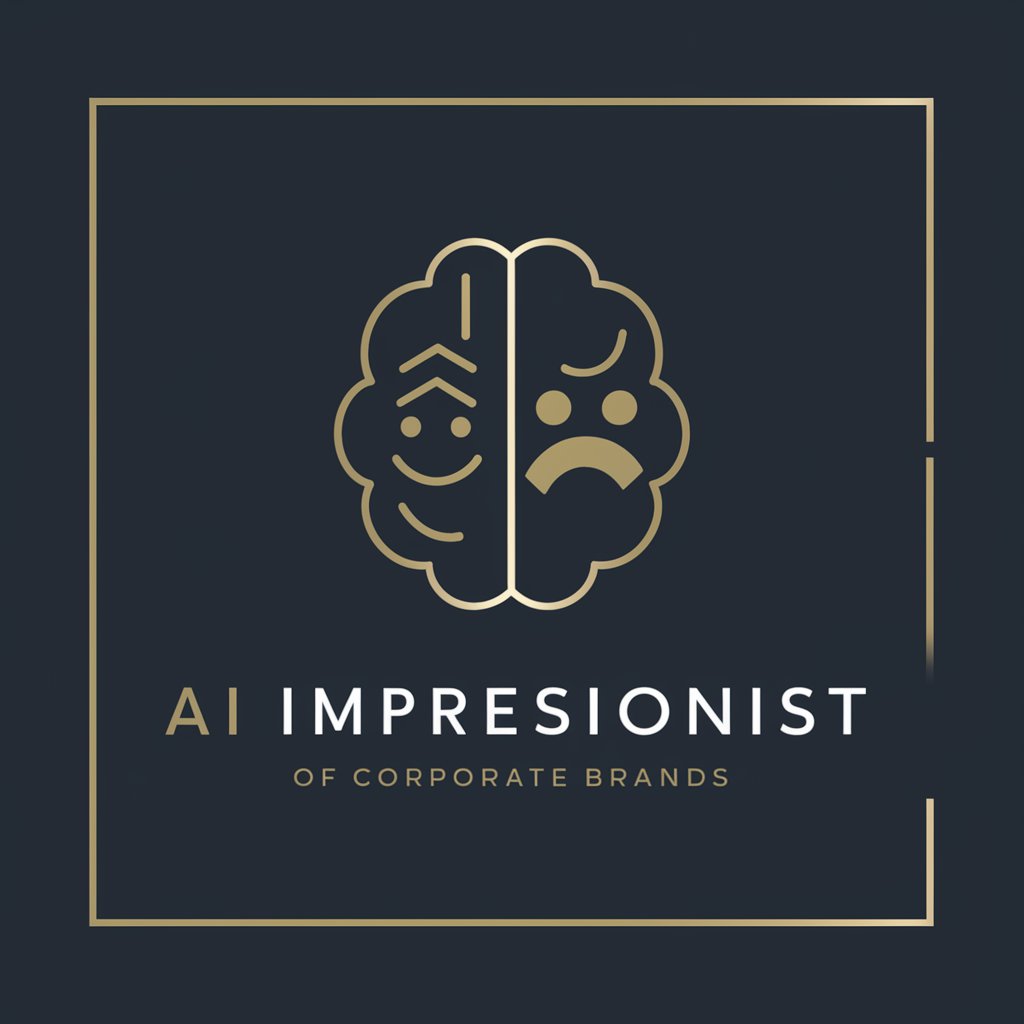
Life Interpreter
Articulate Your Thoughts Clearly with AI
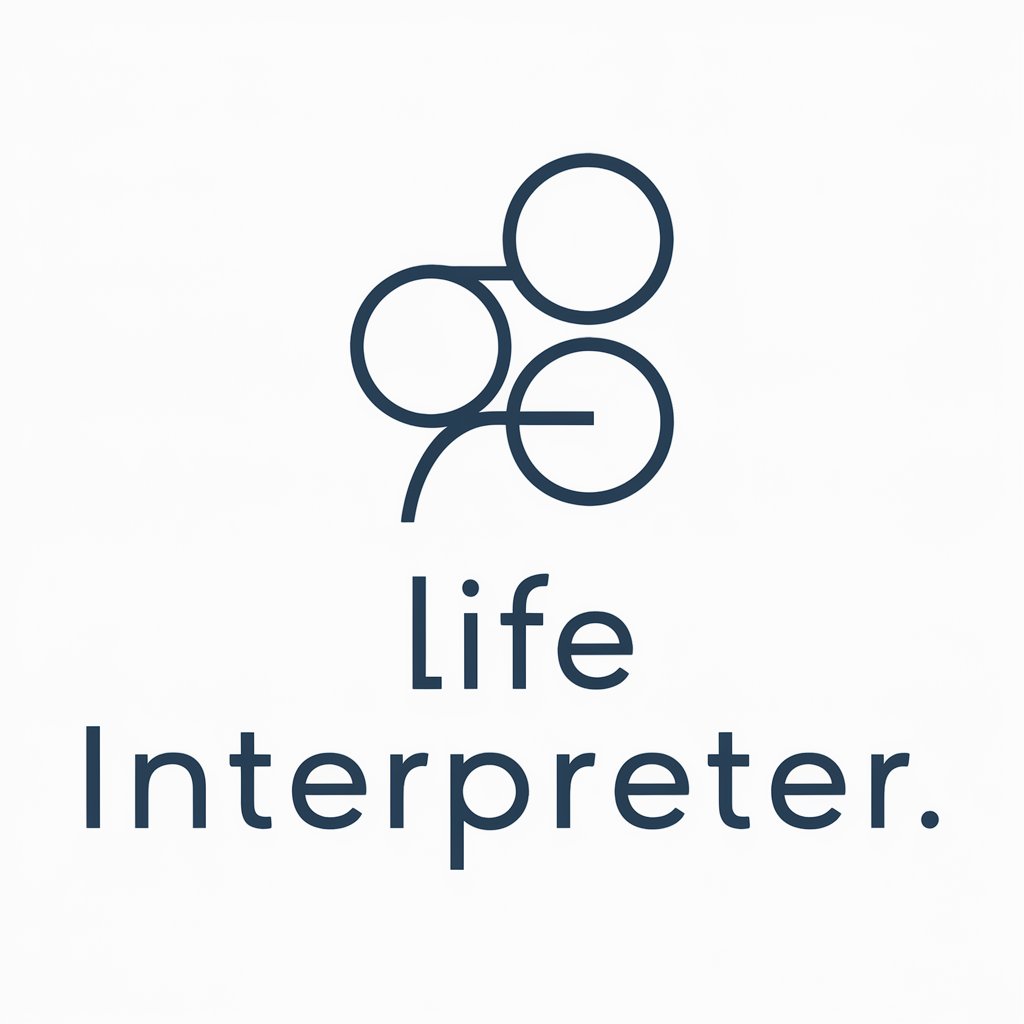
Prompt Engineer Pro
Unleashing Creativity with AI
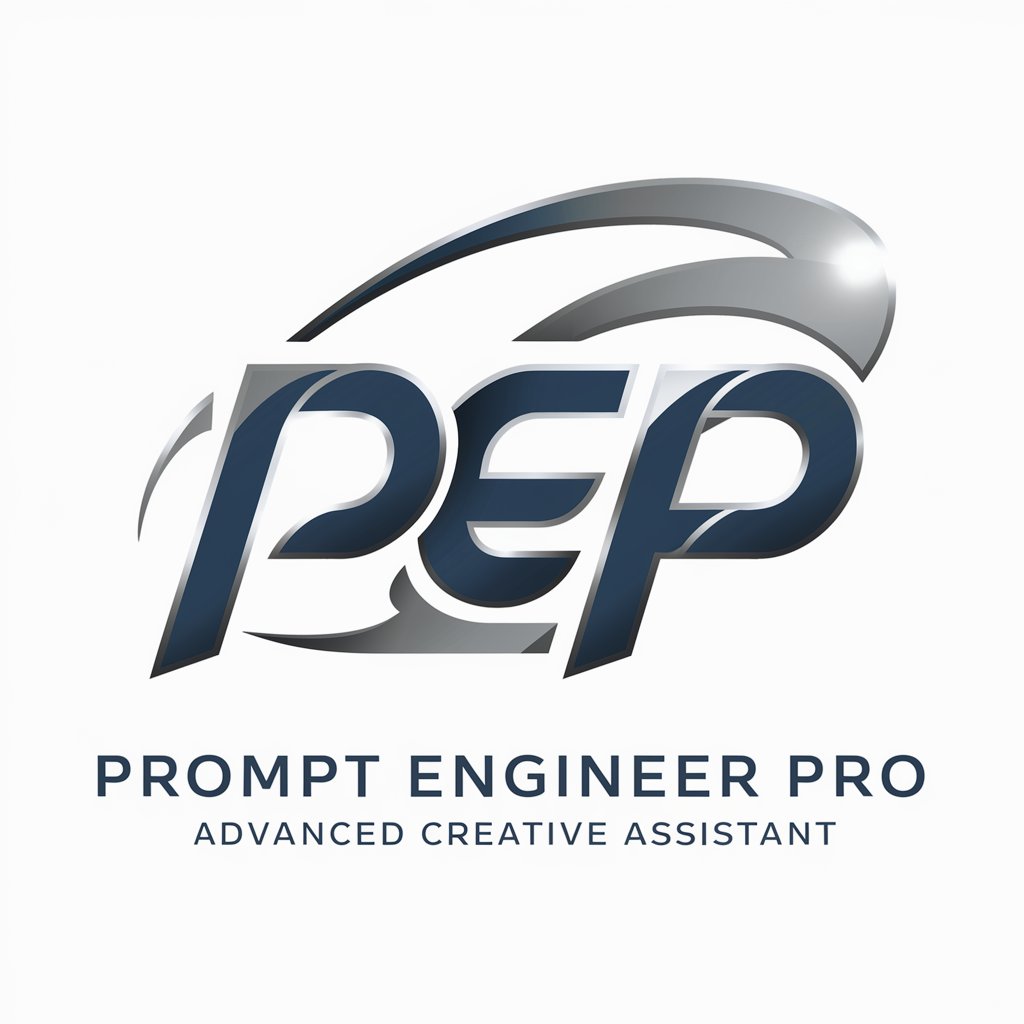
Publicaciones para Redes Sociales
AI-powered social media content creation.

Cyber Red Team Guru
Empowering Cybersecurity with AI

Pulitzer Photographer
AI-driven photography prompt generation

Hindi News Learner
Master Hindi with AI-driven News

Hindu - Sanatan GPT
AI-driven insights from Hindu scriptures.

Photo to Cartoon
Turn photos into cartoons effortlessly

Caricature Cartoon Creator
Exaggerate reality, capture personality.
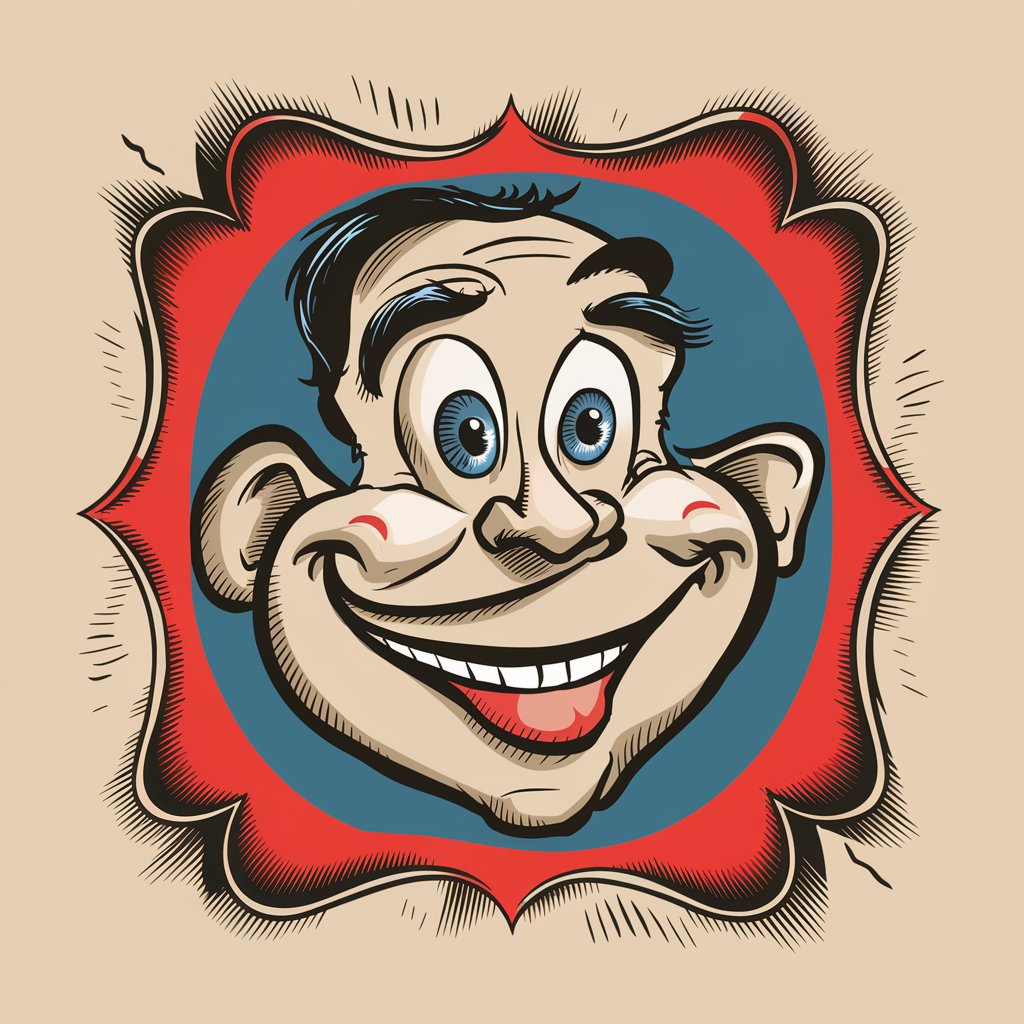
AI Personal Biographer
Craft Your Life's Story with AI
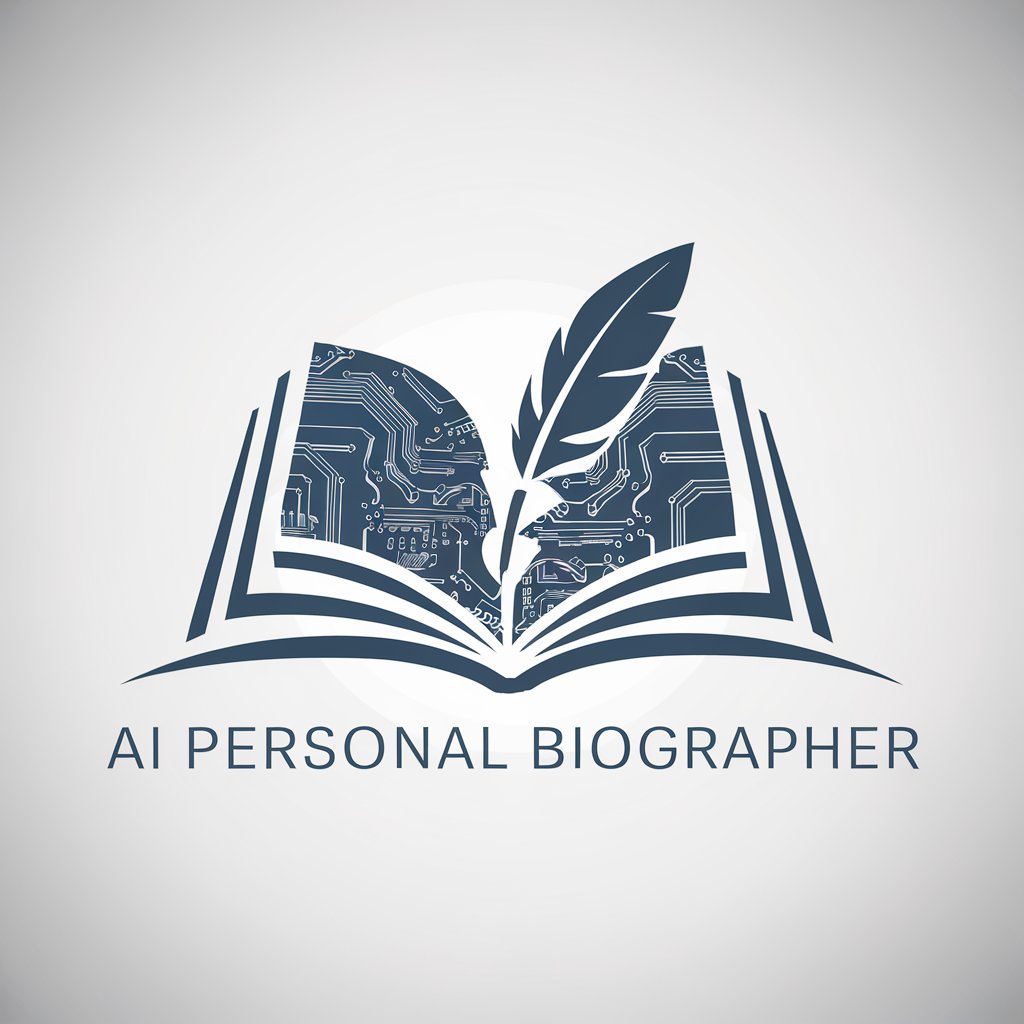
Frequently Asked Questions about CRIGAI
What exactly is semantic dissonance?
Semantic dissonance refers to the juxtaposition of words or concepts that are typically seen as contradictory or incompatible, used in CRIGAI to stimulate creative thinking and new ideas.
Can CRIGAI assist with specific artistic projects?
Yes, CRIGAI can help with a variety of artistic projects by offering new ways to think about themes, narratives, and visual elements through its unique semantic dissonances.
Is CRIGAI suitable for beginners in the arts?
Absolutely! CRIGAI is designed to be accessible to individuals at all levels of artistic experience, helping beginners to break conventional boundaries and explore creativity.
How does CRIGAI differ from traditional creative aids?
Unlike traditional aids, CRIGAI specifically utilizes the power of AI to generate creative dissonances that are not immediately intuitive, providing unique and thought-provoking inputs.
Can CRIGAI be used for educational purposes?
Yes, educators can use CRIGAI to introduce students to complex concepts of contradiction and dissonance in a creative context, enhancing their analytical and creative skills.
